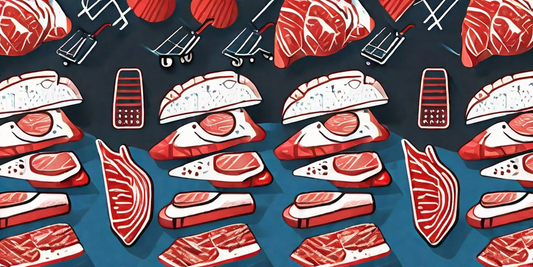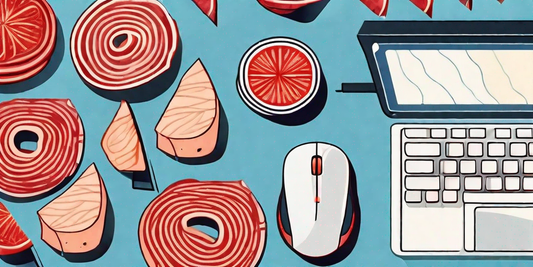There is nothing quite like reaching in a jar of pickles to pick out a delicious treat for you to enjoy. Regardless if you prefer to eat your pickle as just a snack, add it to a burger, or make it a highlight of your charcuterie board, pickles are a treat that many of us appreciate. Have you ever really thought about what makes a pickle a pickle? If so, you have come to the right place. We are going to help you answer this question, but be warned, by the end of this article you may be craving this scrumptious treat.
What is a Pickle?
We are here to tell you, and for some of you this may be mind blowing, pickles don’t just grow on trees or vines. A pickle is actually a pickled cucumber that has been pickled in a brine, vinegar or other solution and left to ferment for a period time. Basically, a pickle is just a better cucumber.
Let’s Learn More About the Pickle
Now that you know what makes a pickle a pickle, we are going to dive in a little further to this beloved food. We are not kidding, pickles really are loved in the U.S. The Department of Agriculture estimates that the average American eats 8.5 lbs of pickles a year. That’s a lot of pickles!
- Where Did Pickles Come From? While the exact origins of pickles are unknown, we know that pickles have been around for thousands of years, dating as far back as 2030 B.C. Back then, cucumbers, from their native India, were pickled in the Tigris Valley. Pickling means to preserve foods in vinegar, brine or a similar solution and is one of the oldest methods of food preservation. It is rumored that pickles were one of Cleopatra’s prized beauty secrets and they even make appearances in the Bible and in Shakespeare’s writing.
- When and How Did Pickles Come to the U.S.? Pickles were first brought to America by Christopher Columbus. Like many explorers, he enjoyed traveling with them, and would ration them to his sailors, because they could survive the long journeys, and they helped prevent scurvy. By the 19th century, pickles were commercialized and heavily adopted in the U.S. H.J. Heinz Company, Inc. cornered the market, thanks to some clever marketing strategies. By the 2010s, Americans alone, were eating more than 2 million pounds of pickles a year (History).
- Are Gherkins and Pickles the Same Thing? If you have heard of gherkins before, you probably wonder if they are the same thing as a pickle. To put this simply, yes, gherkins and pickles are the same, the only difference is where you live. What makes a pickle a pickle is the same as what makes a gherkin a gherkin; however, in the U.S. and Canada we call them pickles, and in Britain, Ireland, Australia, South Africa, New Zealand, and other parts of the world, they call the same mouthwatering treat a gherkin. Gherkins, in the U.S. sometimes refers to smaller pickles, at most 3 inches long; however, a gherkin is a pickle and a small pickle is not always a gherkin, it depends on its origin.
- Are There Different Types of Pickles? There are indeed different types of pickles. The most common types of pickles are dill, bread and butter, and sweet pickles. Bread and butter pickles taste sweet and mild with a slightly tangy flavor. Dill pickles have a much stronger sour taste, along with notes of their eponymous herb, and often, garlic. Like the name indicates, sweet pickles are, well, sweet. To take it even further, there are different flavors and seasonings of each type of pickle, the possibilities are really endless.
Now that you know what makes a pickle a pickle, you are either chomping on one right now, or thinking about it. At Five Star Pickles & Sausage, we have lots of pickle options for you, all made by our unique recipes. We offer, kosher dill, extra garlic dill, ranch dill, hot dill, old bay dill, break and butter, sour, and more.
Check out our pickle selection to fulfill whatever type of pickle craving you may be having.




